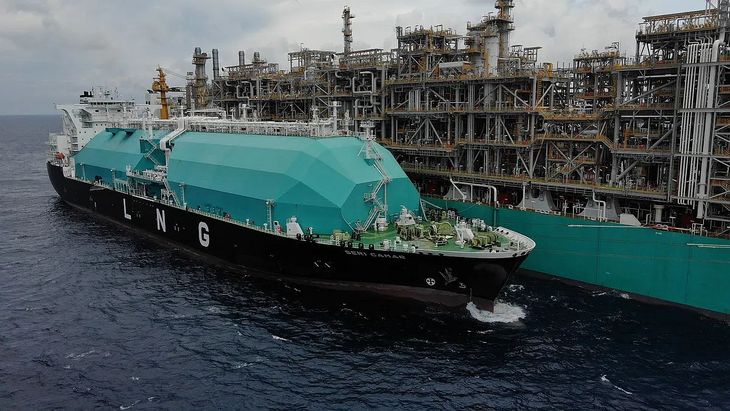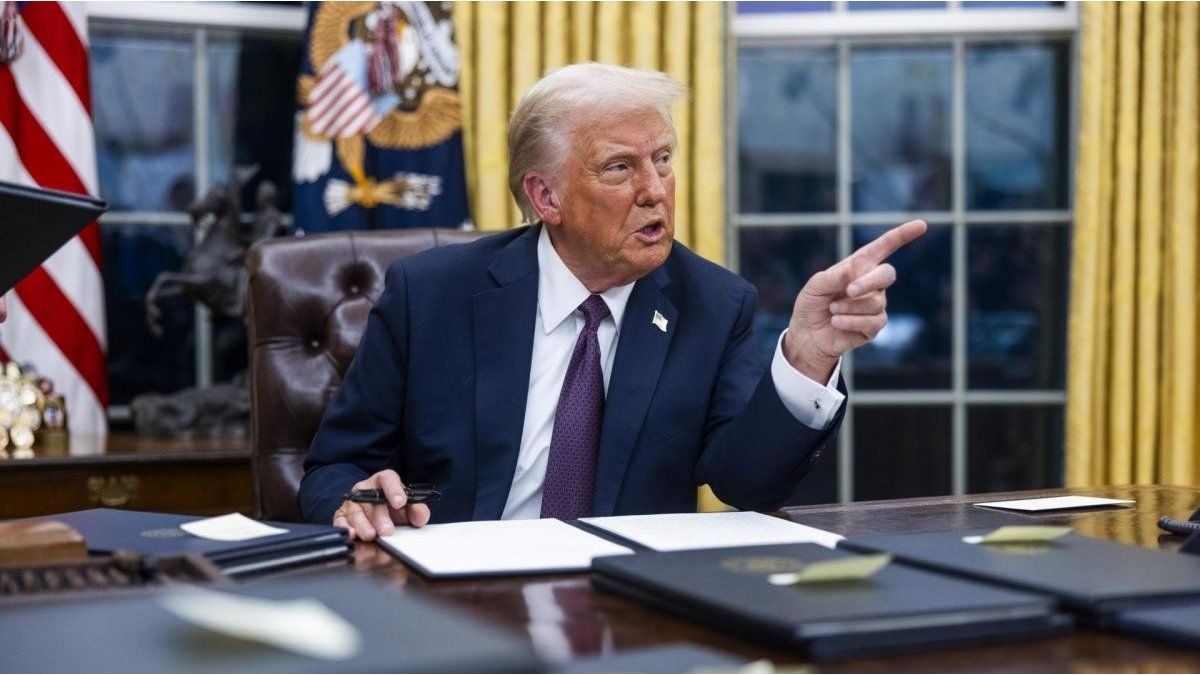The first year of administration of the government of Javier Milei brought about important changes in the national energy sectoralthough many of them remain in the preliminary stage.
According to Report #24 of the consulting firm mat of Juan José Carbajalesthe energy balance of 2024 was marked by ambitious regulations that, however, have not yet been translated into concrete actions.
Among the most notable measures are the declaration of emergency in the energy sector, the approval of the Base Law and the implementation of Incentive Regime for Large Investments (RIGI). These regulations laid the foundations for greater participation of the private sector in the production, marketing and export of hydrocarbons. However, the adaptation of these laws to the operational reality of the sector remains a pending issue.
“The legislative developments imply a ‘quantum leap’ in the Argentine hydrocarbon trajectory and tradition, as it gives way to the preeminence of private initiative and the free production/marketing/export of crude oil/gas. But this Copernican turn has not yet been reflected in practice, since adjustments need to be made, changes implemented and the regulatory developments brought to reality.“, stressed the report to which he accessed Energy Report.
One of the few concrete actions was the Reversal of the North Gasducta project initially discarded but ultimately completed. Despite this progress, the tariff outlook remains a critical issue. During the year, the government announced increases in gas and electricity rates, but then paused its monthly inflation adjustment and extended the implementation of a targeted energy subsidy system until June 2025.
The report also highlights changes at the top of the energy sector, with the creation of new positions and the removal of various key authorities, with the output of Eduardo Rodírguez Chirillo and his team, and the arrival of Daniel González and María del Carmen Tettamanti to the Energy area. These movements reflect a recalibration of objectives and methods, with greater alignment between sectoral goals and macroeconomic objectives towards the end of 2024.
Luis Caputo Daniel González María del Carmen Tettamanti Energy
The private sector also experienced ups and downs. The Petronas exit from YPF LNG project marked a significant setback, although new projects such as the PAE and Golar liquefier vessel and the initiative of TGS to expand the Perito Moreno Gasduct(former Néstor Kirchner) seek to maintain dynamism.
Besides, The industry made progress in crude oil evacuation capacity, a key step to accelerate the monetization of reserves. YPF managed to present the construction of the pipeline as VPU of the RIGI Vaca Muerta Southern Pipeline (VMOS)together with upstream partners, highlighted the consultant.
Why Petronas left the YPF LNG project
According to Carbajales, although the macroeconomic conditions of Argentina and its location in relation to potential markets, as well as the political disputes surrounding the location of the project, could have led to a prompt exit of Petronasit is also possible to think of the incidence of a series of properly “Malaysian” components in such a decision.
LNG Petronas.jpg

- The Malaysian economy depends largely on the hydrocarbon complex, which has been declining in performance in recent years, with impact on public accounts and the country’s economic activity.
- in a scenario of clear decrease in participation by Petronas in the financing of the treasurywhether through dividends or taxes, it is feasible to think that the company seeks less exposure to risk and focuses its investments in already explored or nearby environments, such as Indonesia.
- Within the framework of a process of tension with key regions in hydrocarbon production (subnational states of Sabah and Sarawak) and in the midst of an adjustment of public spending, it is a plausible hypothesis that The national company decided to stop new projects in other parts of the world to relocate those investments in its own territories.in order to assist the national economic program and contribute to “social peace” and the stability of significant portions of its population – which, otherwise, could promote greater autonomy initiatives of states rich in per capita income.
What happened to rates in 2024?
Regarding the issue tariff, Carbajales considers that there was marches and countermarches. “It debuted with significant increases in the VAD of T&D for gas and electricity, but this initial impetus later suffered a significant impasse,” he analyzed. Firstly, he indicated that the temporary rates were not updated due to monthly inflation – despite having been signed with companies – and also stressed that no progress was made in removing subsidies.
“In the middle of the year a “transitional period” six months to establish new rates and finalize the RTI, a period later extended until June 2025, where a system of “targeted energy subsidies” will be concluded. Ergo: to this day everything related to the removal of subsidies (Basic Energy Basket) and the end of segmentation is still pending,” he warned.
In this sense, the owner of the UBA Oil and Gas Institute He stated that only progress was made in setting a single price for the three categories, with discounts for N2 and N3 households, although “incredibly” subsidies for N1 households are still maintained. And the RTIs are in full progress, processes that were extended – along with the intervention of the entities – until the middle of next year (about 18 months). “We are only halfway there,” he said.
Methane emissions and the Buenos Aires RIGI
The report of mat also addresses the bill on methane emissionsaimed at establishing a minimum environmental regulatory framework for the management of this gas in hydrocarbon activities. Despite its potential positive impact, The project faces delays in its parliamentary processing and doubts about the implementation of its application authority.
In parallel, The province of Buenos Aires approved its own Provincial Strategic Investment Regime (RPIE), offering tax benefits of up to 30 years to attract investments. Although the province did not adhere to the national RIGI, the RPIE offers incentives compatible with the latter, although without the possibility of international arbitration to resolve disputes.
The document concludes that, although 2024 was a year of few concrete achievements, the sector has a defined direction that prioritizes Vaca Muerta production and the expansion of pipeline infrastructure. However, the promotion of renewable energy and the climate agenda remain neglected areas.
Looking ahead to 2025, the challenge will be to turn regulatory reforms into tangible realities that benefit both the industry and consumers. Expectations are placed on greater management that allows the Argentine energy sector to consolidate itself as an engine of economic development.
Source: Ambito
I am a 24-year-old writer and journalist who has been working in the news industry for the past two years. I write primarily about market news, so if you’re looking for insights into what’s going on in the stock market or economic indicators, you’ve come to the right place. I also dabble in writing articles on lifestyle trends and pop culture news.




